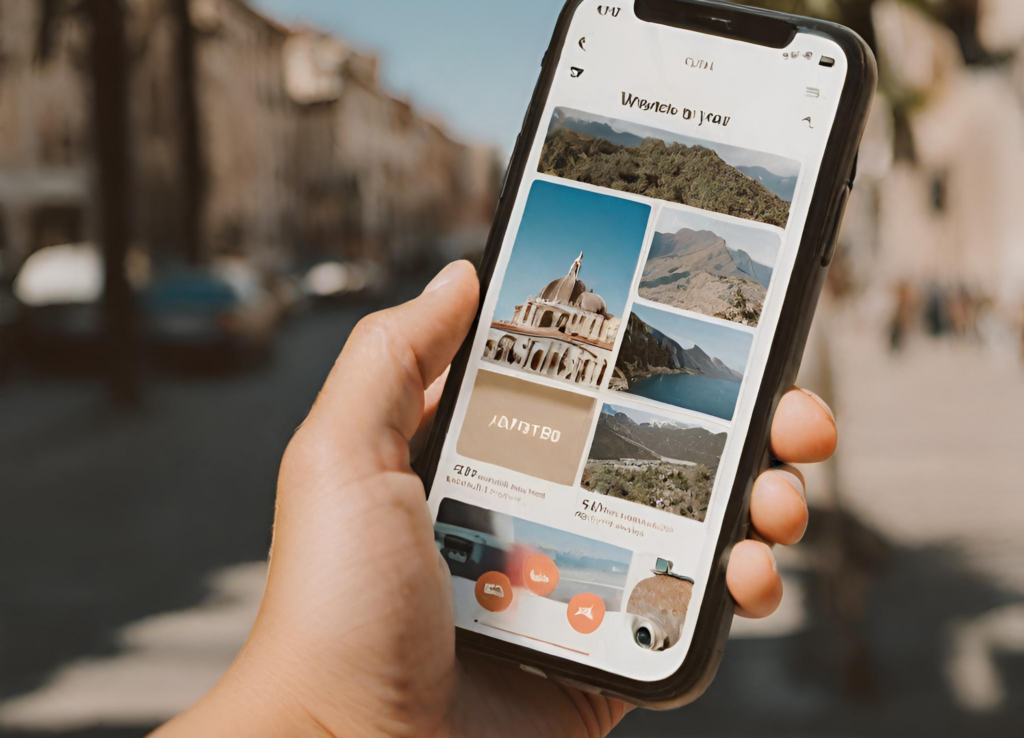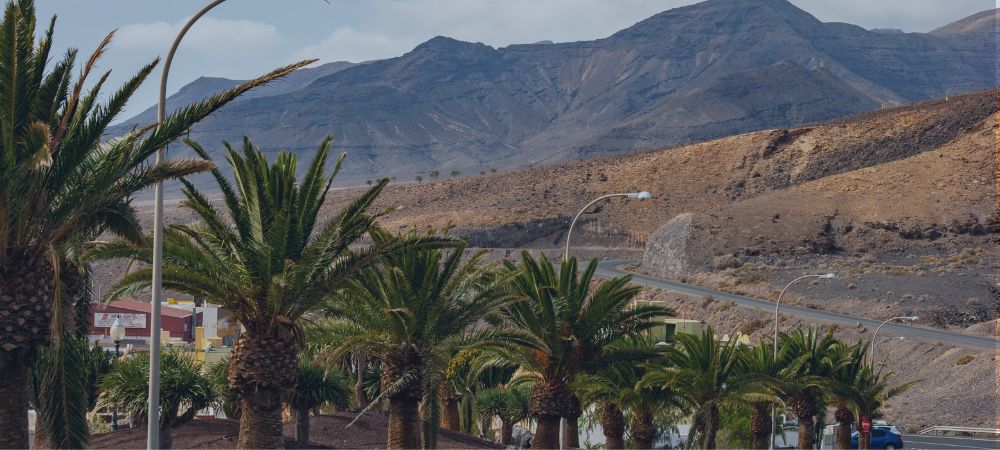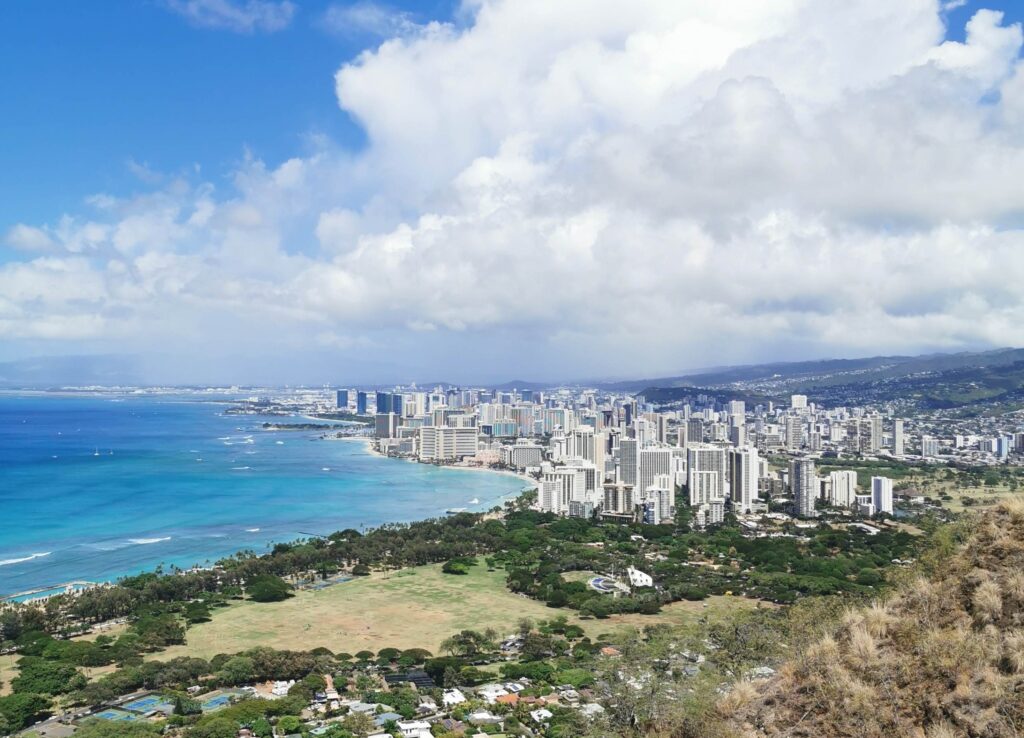Introduction to this Colombia Travel Guide
Welcome to Colombia, a special place full of life and color! Imagine a country where you can find tall mountains, deep jungles, and beautiful beaches all in one place. Colombia is like a treasure chest of nature, with bright birds, big forests, and the best coffee you’ve ever tasted.
Back in 2022 we had the please to travel around this fascinating country for a whole month. We fell in love with cities like Bogotá and Medellín that are filled with friendly people and fun music.
If you love to dance, Colombia is the place to be, especially in Cali, the salsa capital of the world. Or if relaxing is more your style, you can enjoy the sunshine and soft sands of Cartagena’s beaches.
Colombian people are welcoming and always ready to share a smile or a dance. You can learn a lot from them, from how to make a delicious meal to stories about their rich history and culture.
So, whether you like exploring the outdoors, enjoying city life, or meeting new friends, Colombia has something for everyone. It’s a country that will make you feel alive and full of happiness.
Come and see for yourself what makes Colombia so amazing – let’s get started with this Colombia travel guide!
- Introduction to this Colombia Travel Guide
- Transportation Tips around Colombia
- Weather & Best Time to Visit Colombia
- Safety in Colombia
- Must-Visit Places around Colombia
- Hidden Gems in Colombia
- Local Food Guide for Colombia
- My Favorite Activities in Colombia
- Cultural Background of Colombia
- Our 4-Week Itinerary Around Colombia
Want to fly to Colombia but you only have a limited budget? Check out WayAway, the ultimate flight comparison tool below or download the iOS app or android app here.
Transportation Tips around Colombia
Exploring Colombia is an exciting journey, and understanding how to get around is key to unlocking its wonders. This is why we wanted to highlight this aspect at the very beginning of this Colombia travel guide:
Colombia offers various ways to travel. While the train isn’t a common option due to an underdeveloped rail system, the country has a total of 40 airports, making air travel a well-connected choice.
Each major city features an extensive bus or metro system for convenient urban exploration. Taxis are also abundant and ideal for short trips.
Navigating cities is straightforward, thanks to well-established bus and metro systems. Buses connect different neighborhoods and metros streamline city travel.
Taxis are also a conventient way to travel for short distances as it is extremely cheap! Most used apps are Cabify or Uber.
Booking Your Ride
Booking transportation is flexible and affordable. For long-distance routes, numerous bus companies operate, connecting almost all cities, even remote ones. You can simply visit the main bus station in town to buy a ticket or use online platforms like Busbud or Pinbus for convenience.
Common bus companies in Colombia include Expreso Brasilia, Expreso Bolivariano, Rapido Ochoa, and Copetran.
Need a stress-free ride to or from the airport? Choose KiwiTaxi for a comfortable and reliable airport transfer. Use the tool down below to check for your next transfer.
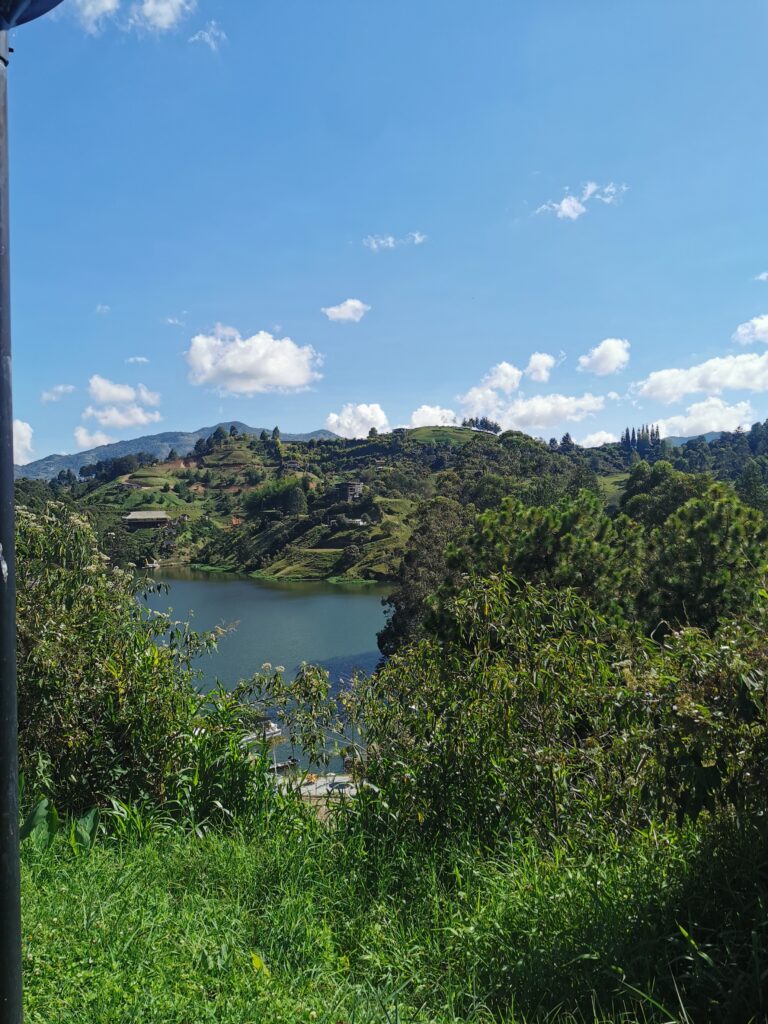
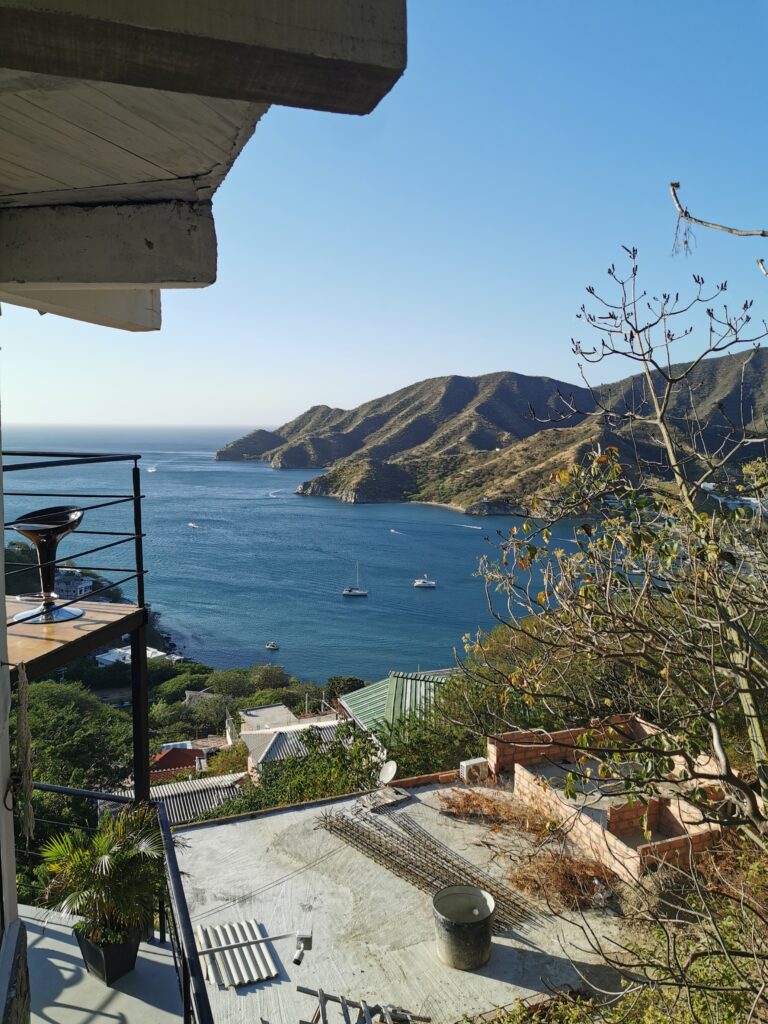
Weather & Best Time to Visit Colombia
Understanding Colombia’s climate is crucial for planning an unforgettable trip. Let’s continue with the next aspect of our Colombia travel guide and uncover the seasonal variations and find the best times to visit each region.
Colombia experiences two primary seasons: the dry season and the wet season. However, due to its diverse geography and topography, these seasons vary across regions.
Dry Season (December to March, July to August): Ideal for most travel, as rain is minimal, and temperatures are pleasant.
Wet Season (April to June, September to November): Rainfall increases, especially in tropical regions. This can bring lush green landscapes but may impact outdoor activities.
Distinct Regional Climate
Andean Region: Mild temperatures year-round, but with variations in rainfall.
Caribbean Coast: Generally hot and humid, with a higher chance of rain during the wet season.
Amazon Rainforest: Experiences high rainfall throughout the year, with temperatures ranging from warm to hot.
Pacific Coast: Heavy rainfall, especially during the wet season, with warm temperatures.
When to Visit Each Region
To get you a short overview at which month it is best to visit a specific destinations, here’s a tiny overview:
December to March: Bogotá and Medellín (Andean Region), Caribbean Coast, Amazon Rainforest
July to October: Pacific Coast
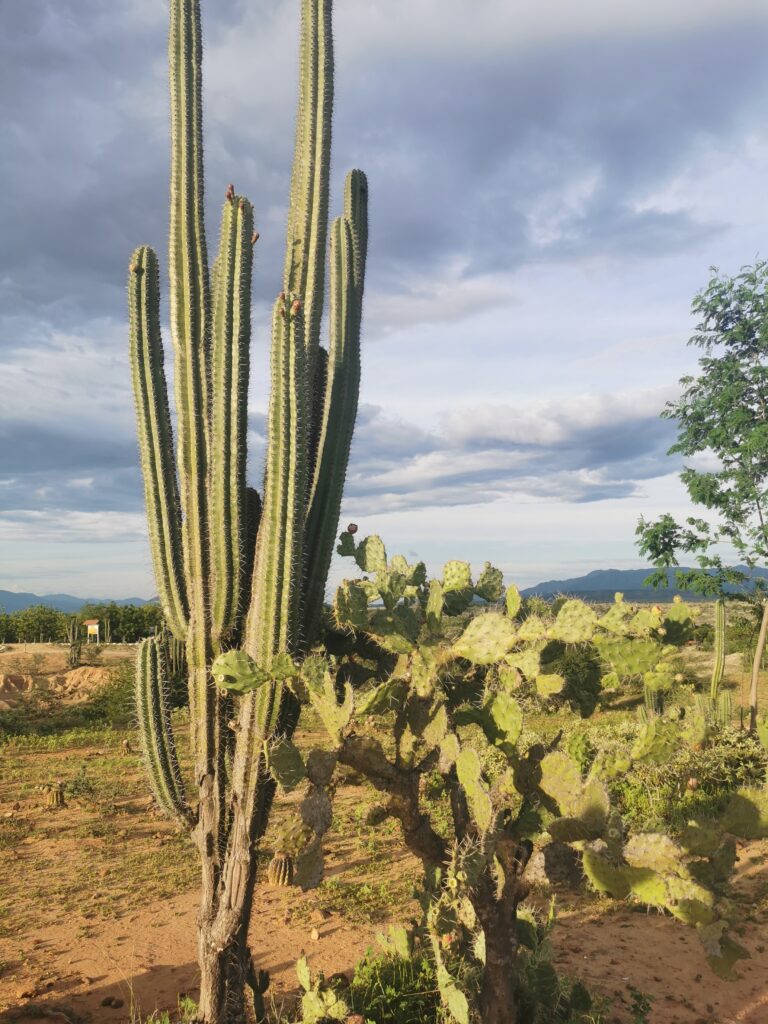
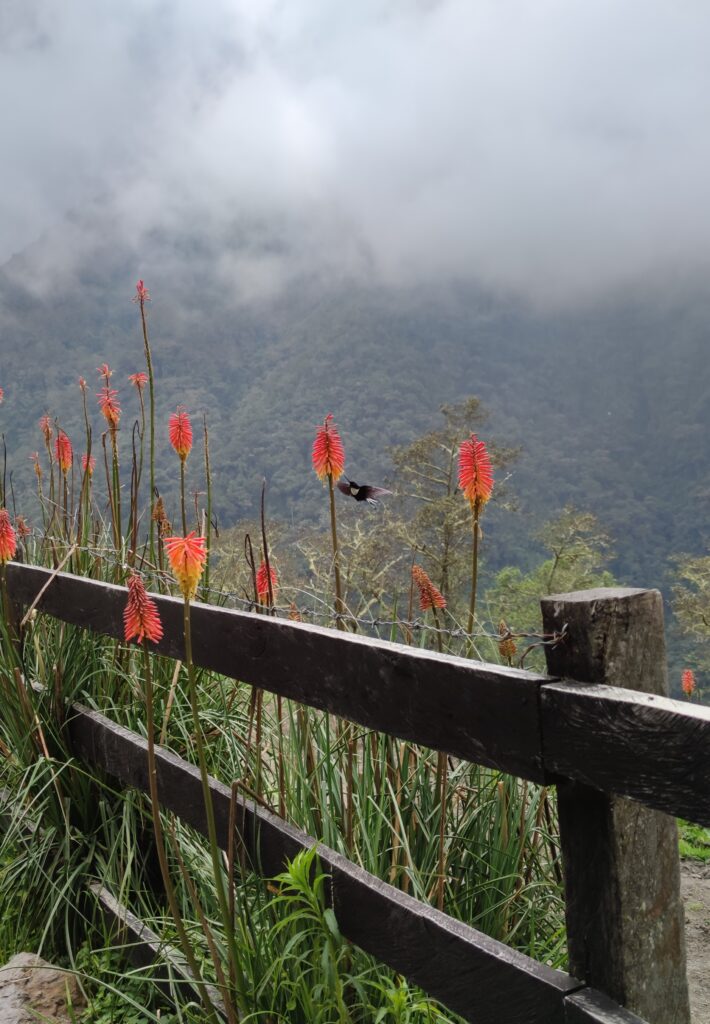
Safety in Colombia
Since I was accompanied by my boyfriend almost all the time, I felt very safe in Colombia. I don’t know how it would be as a female solo traveler but we met a lot of solo traveling girls that felt comfortable all the time!
Nonetheless, we wanted to include this topic in our Colombia travel guide too.
Safety in Colombia has significantly improved over the years, transforming it into a welcoming destination for travelers seeking to explore its rich culture and stunning landscapes.
While it’s important to remain cautious and informed, just as in any travel destination, visitors will find that by following basic safety guidelines, they can enjoy all the beauty and warmth Colombia has to offer.
Here are a few things to be aware of before traveling to Colombia:
Use Registered Taxis: Opt for official taxis or rideshare services. Avoid hailing random cars on the street.
Be Cautious with ATMs: Use ATMs in well-lit and secure areas. Avoid withdrawing large sums at once and be discreet.
Be Mindful of Altitude: If traveling to high-altitude destinations like Bogotá or Medellín, take it easy the first day to acclimatize to the altitude.
Stay on Designated Paths in Nature Reserves: If exploring natural areas, stick to marked paths and follow local guidelines to ensure your safety.
Use Reputable Tour Operators: When engaging in adventure activities or guided tours, choose reputable operators with good reviews.
Respect Local Indigenous Communities: If visiting indigenous communities, respect their customs and seek permission before taking photographs. Some communities may be sensitive to outsiders.
Trust Your Instincts: If a situation feels uncomfortable, trust your gut and seek assistance.
Emergency Contact Numbers
Police: 112
Medical Emergency: 123
Additionally, make a note of your country’s embassy or consulate contact information.
Make your travels smoother by using eSIM cards. You can get them before your trip, so you’re ready to go as soon as you arrive. With Airalo, plans start at only $5. It’s an easy and cheap way to keep in touch or book a ride on the go!
Must-Visit Places around Colombia
This Colombia travel guide wouldn’t be complete without talking about the must visit places in this amazing country.
Colombia is a treasure trove of must-visit destinations, from the cobblestone streets of Cartagena’s colorful old town to the lush greenery of the Coffee Region.
Whether exploring the vibrant cities, soaking in the rich cultural heritage, or marveling at natural wonders like the Amazon Rainforest and the Sierra Nevada de Santa Marta, Colombia offers an array of unforgettable experiences for every type of traveler. Let’s uncover the highlights of each place I have visited!
Bogotá
La Candelaria: The historic center with cobblestone streets, vibrant street art, and colonial architecture.
Monserrate: A mountain with a church offering panoramic views of the city.
Gold Museum (Museo del Oro): Home to an extensive collection of pre-Columbian gold artifacts.
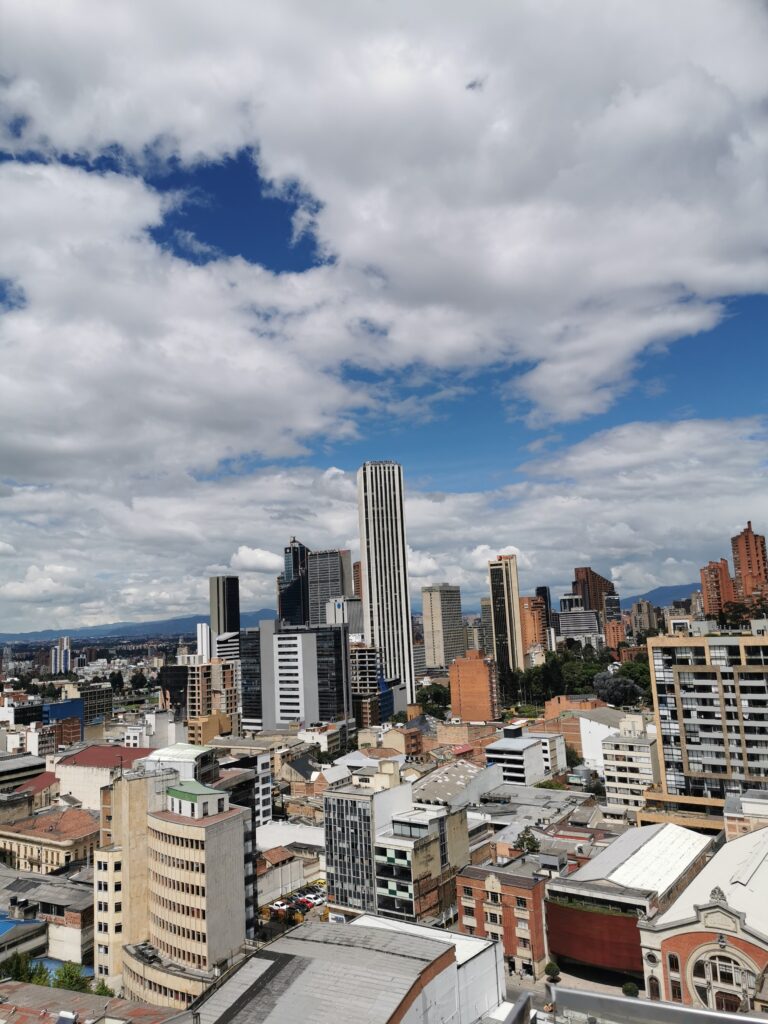
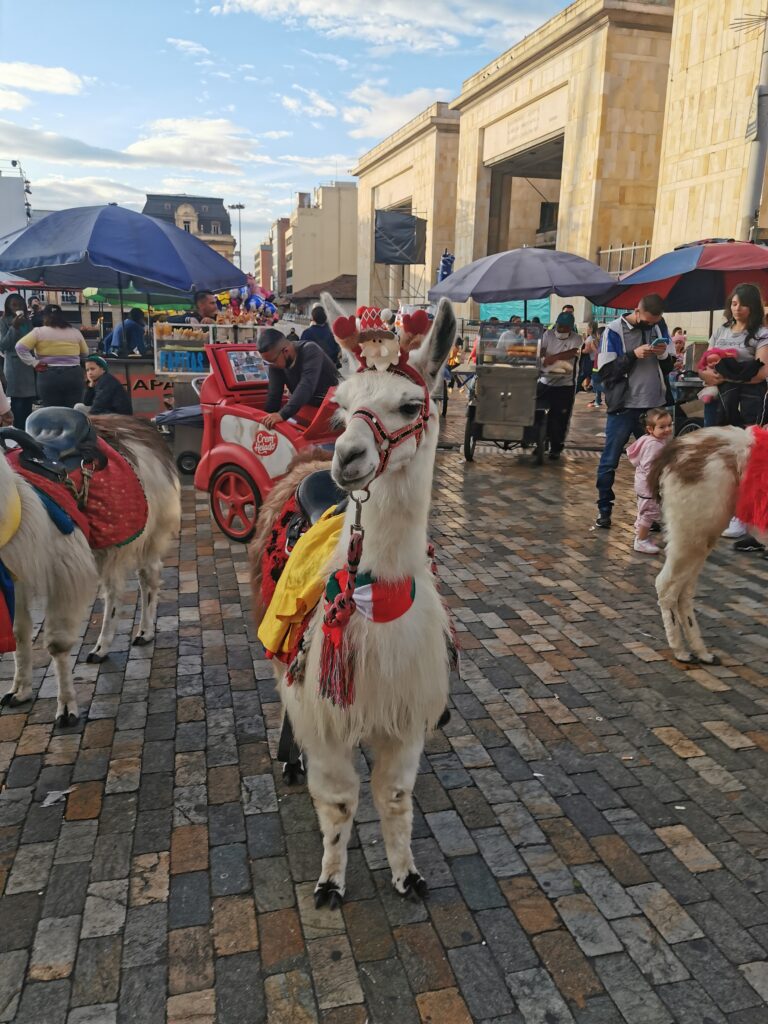
Medellín
Comuna 13: A neighborhood transformed with vibrant street art and community projects.
Parque Arví: A nature reserve accessible by cable car with hiking trails and markets.
Botero Plaza: Featuring sculptures by renowned artist Fernando Botero.
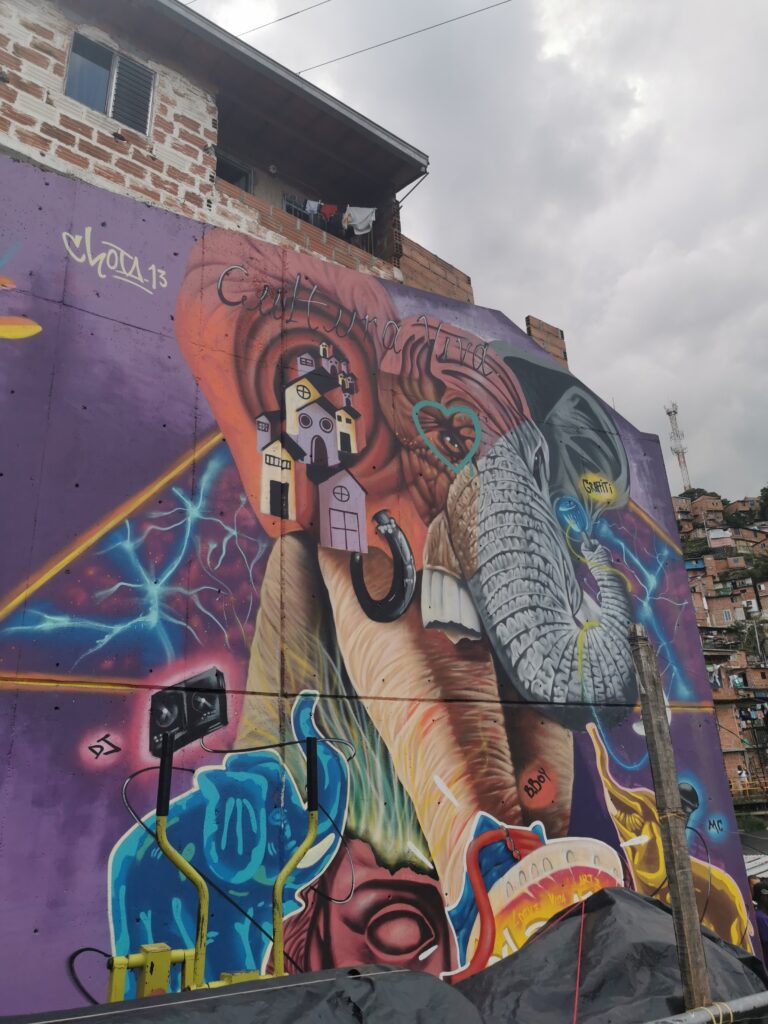

Tatacoa Desert
Cuzco: An astronomical observatory for stargazing in the desert.
Los Hoyos: A red desert area with unique geological formations.
Still looking for an affordable accomodation in Colombia? Check out Agoda by clicking the link or use the tool below for a quick search.
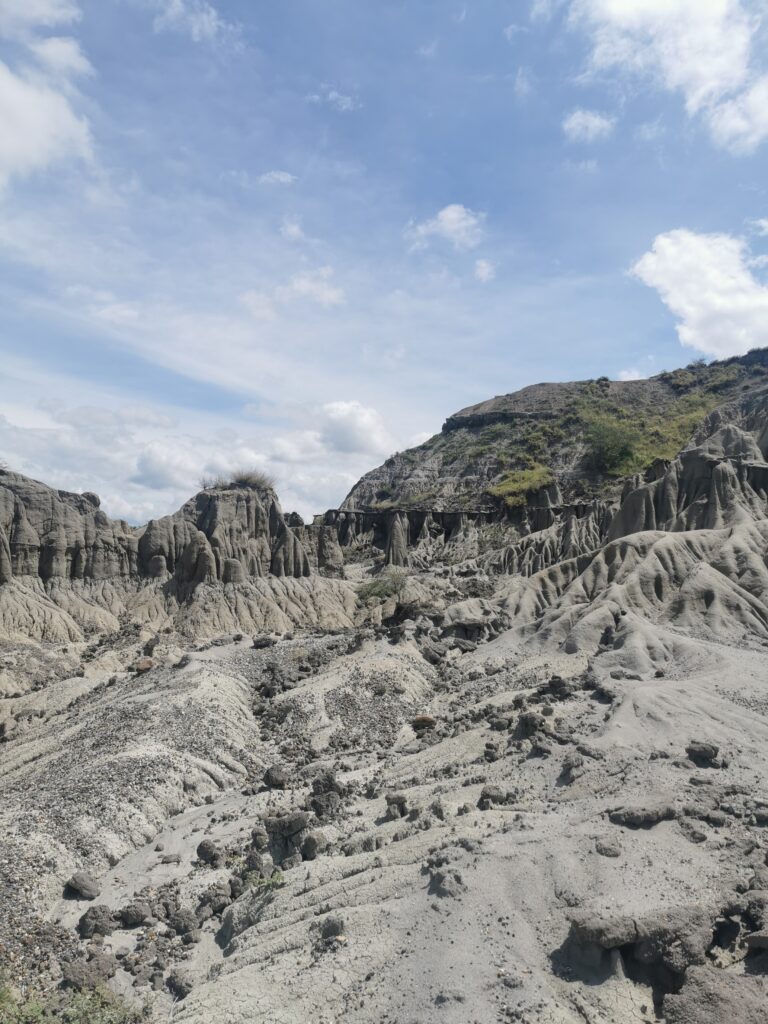

Salento
Cocora Valley: Known for its towering wax palm trees and hiking trails.
Coffee Plantations: Visit local coffee farms for a taste of Colombia’s renowned coffee.
Salento: Have a walk through this colorful city.
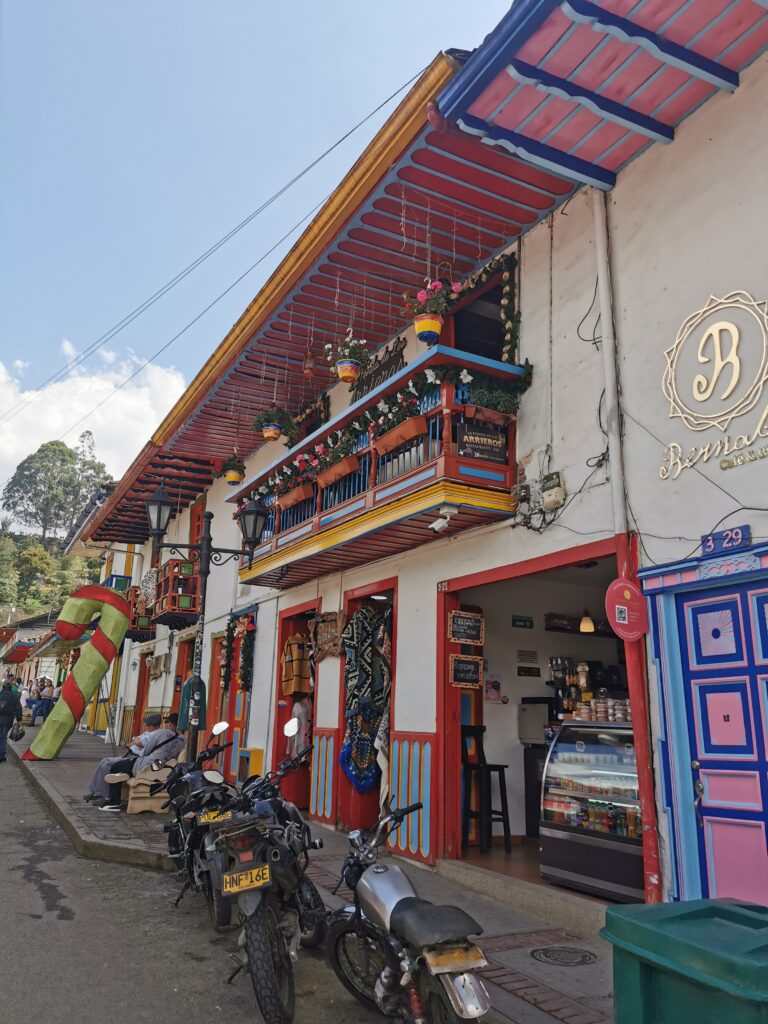
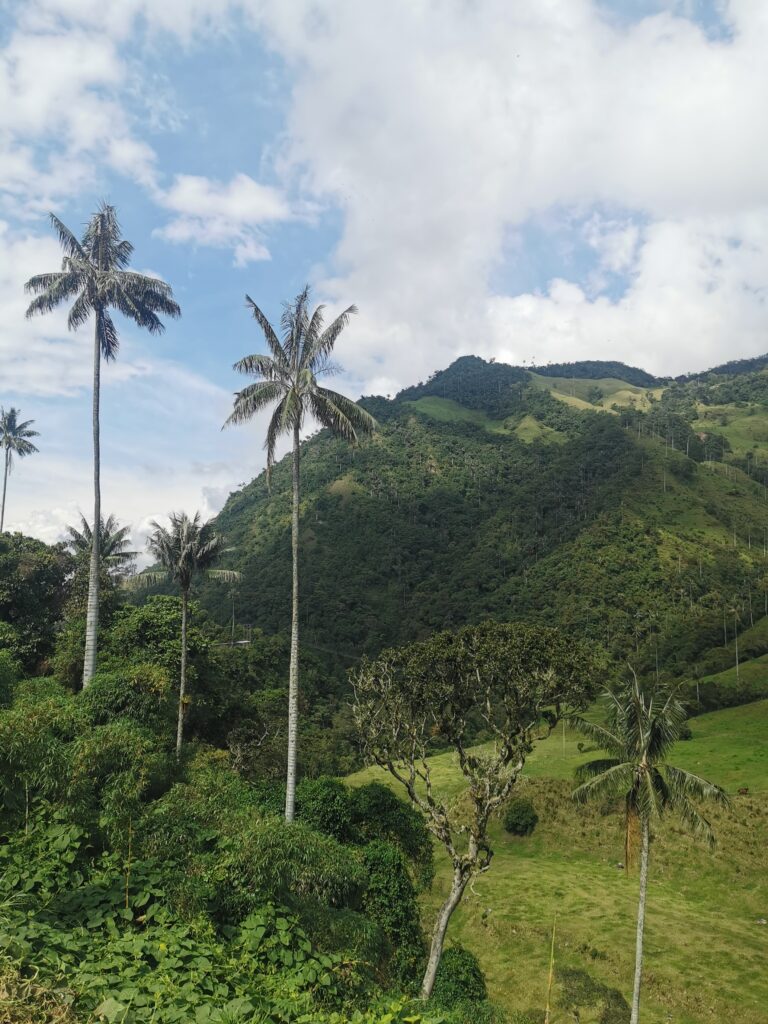
Cartagena
Old Town (Ciudad Amurallada): A UNESCO World Heritage site with colorful colonial buildings.
San Felipe Castle: A historic fortress offering stunning views of the city.
Bocagrande: A modern area with beaches, shopping, and vibrant nightlife.
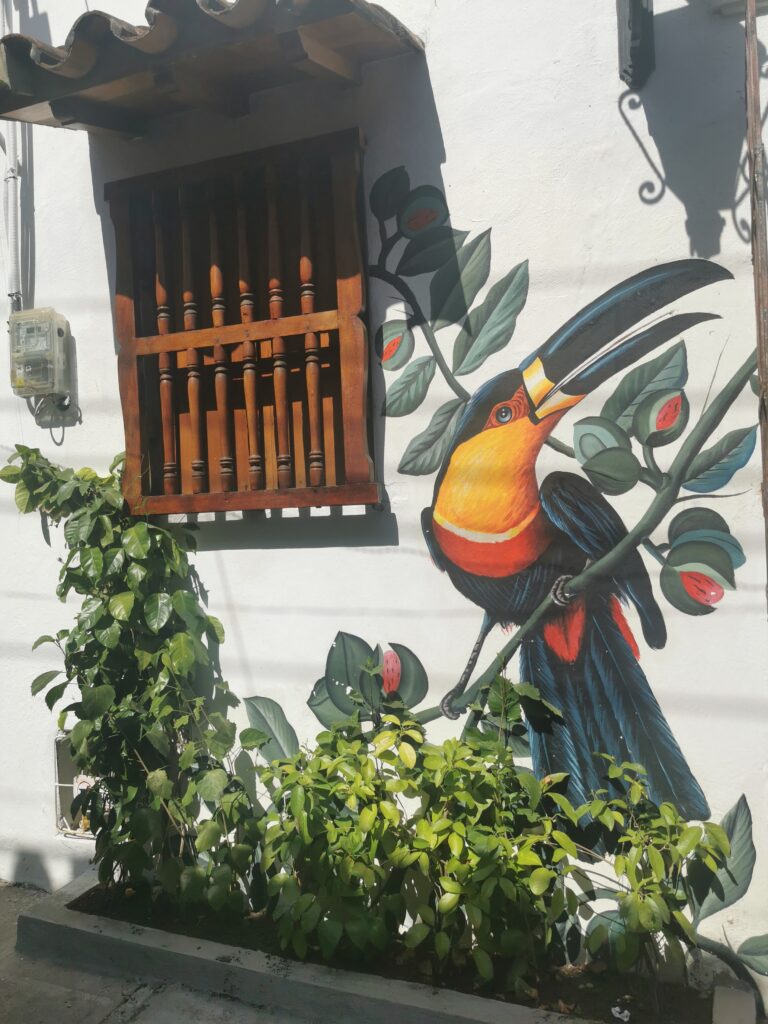
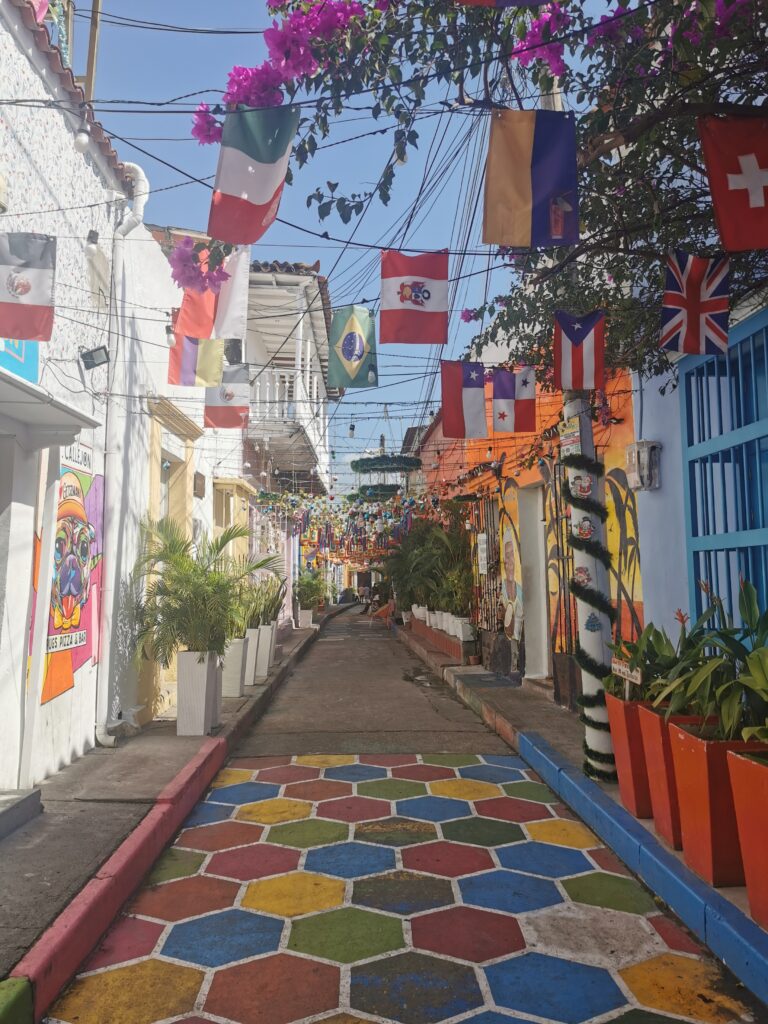
Santa Marta
Tayrona National Park: A coastal park with pristine beaches and diverse ecosystems.
Lost City (Ciudad Perdida) Trek: A challenging but rewarding trek to ancient archaeological ruins.
Minca: Consider doing a day-trip to Minca which is located in the mountains! Here you can do several hikes through the jungle.
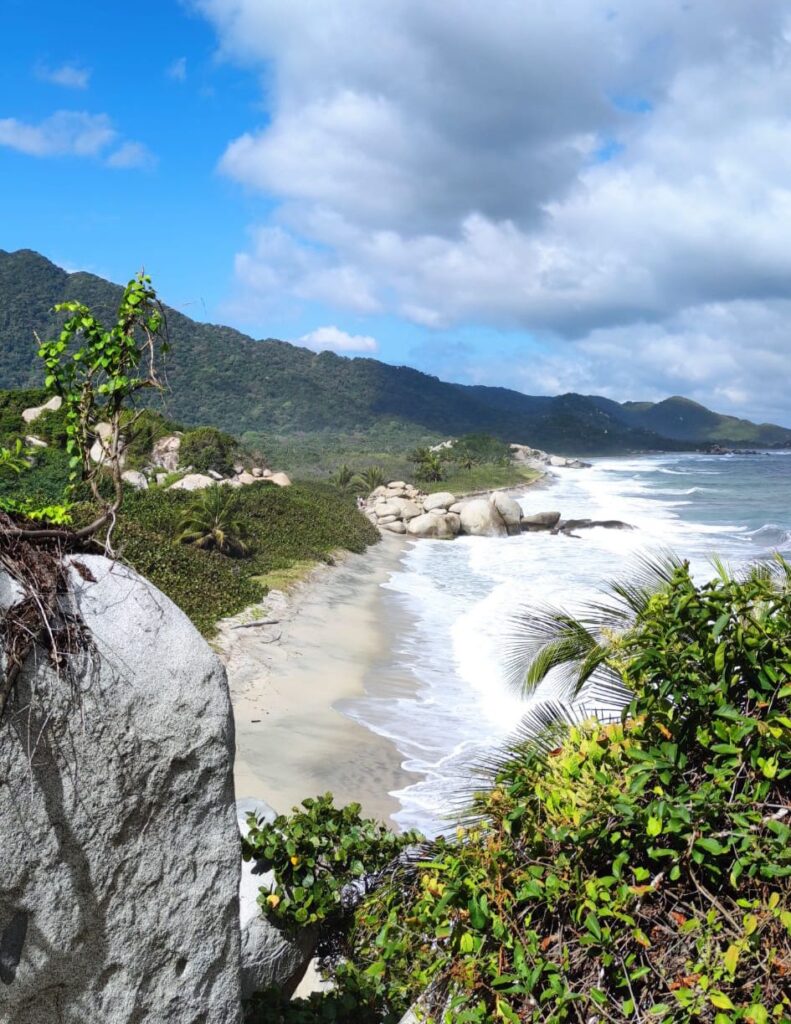
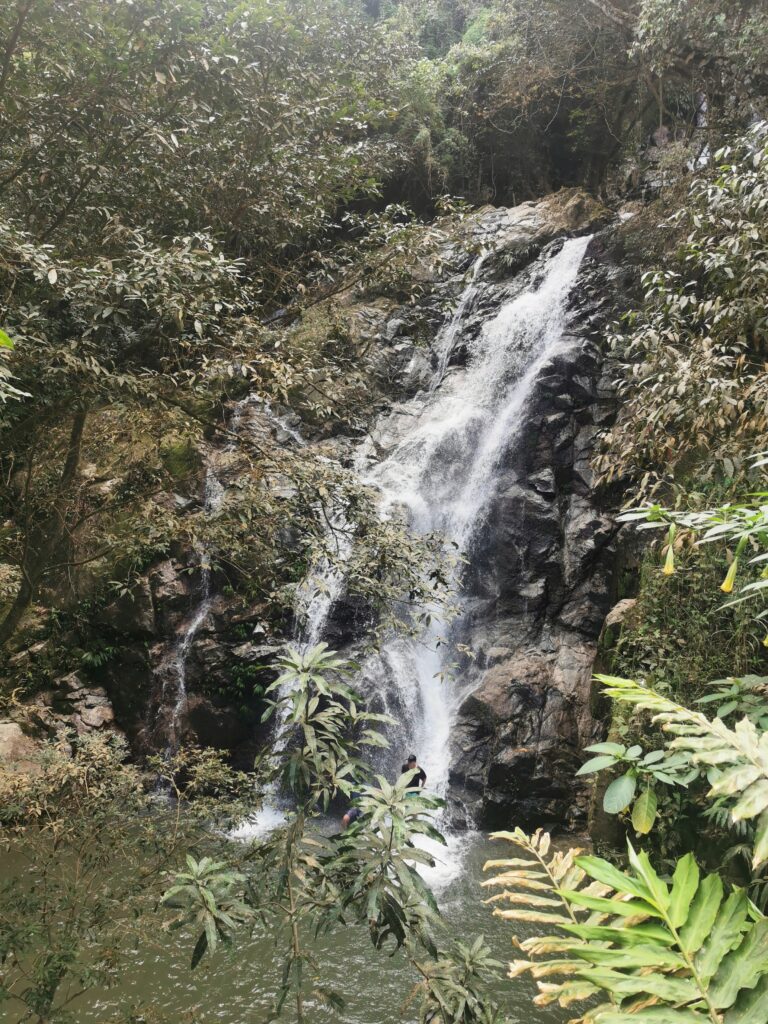
Palomino
Palomino Beach: A serene beach perfect for relaxation and water activities such as surfing.
Tubing on Palomino River: Enjoy a beer while tubing along the Palomino river.
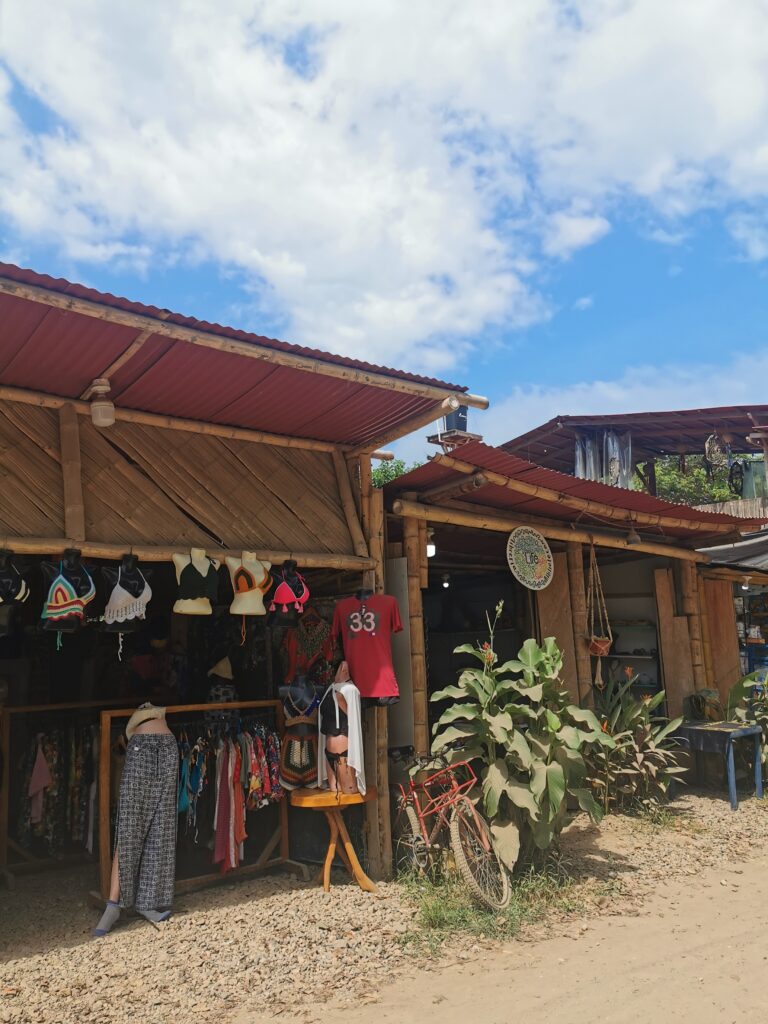
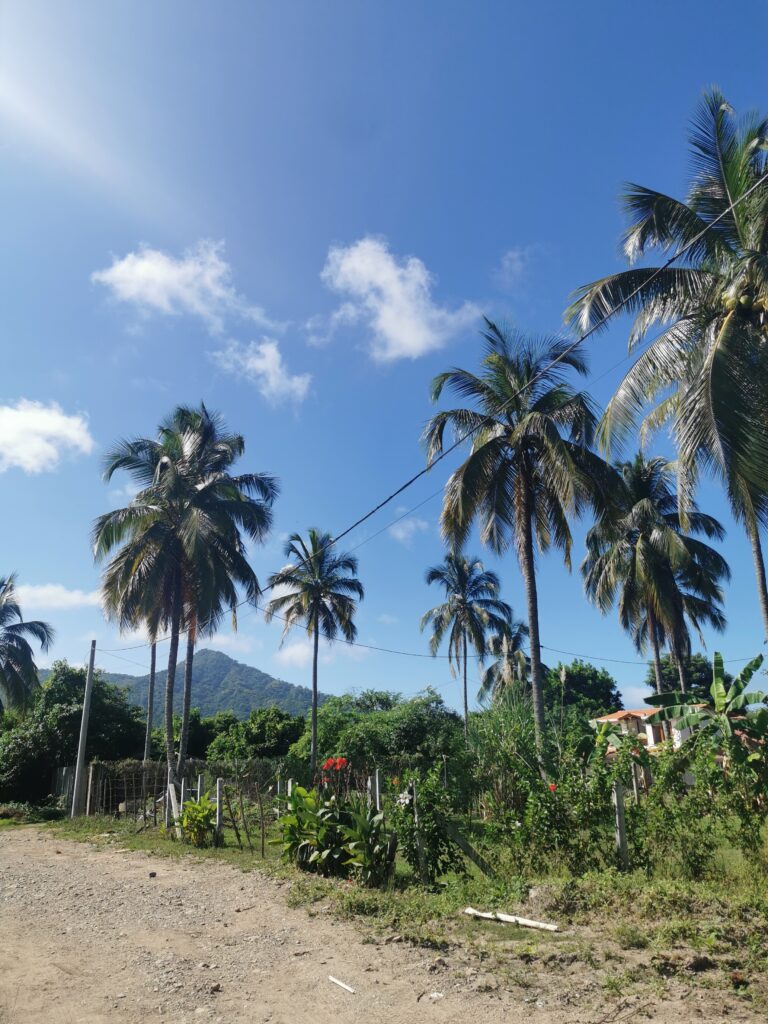
Hidden Gems in Colombia
In this Colombia travel guide, we also want to share the hidden gems with you that make the country a unique destination for those looking to venture off the beaten path.
Colombia is filled with secret spots waiting to be discovered by intrepid travelers including for example Pacific Coast’s untouched beaches:
San Agustín Archaeological Park (Huila): Explore ancient statues and tombs in a serene setting.
Jardín (Antioquia): A charming town with vibrant facades, a cable car, and a hidden waterfall.
Guatavita: Visit the legendary Lake Guatavita, linked to the El Dorado legend.
Capurganá (Chocó): A tranquil village with pristine beaches and access to the beautiful Sapzurro.
Barichara (Santander): Wander through cobblestone streets and enjoy the tranquility of this colonial town.
La Cocha Lake (Nariño): A serene lake surrounded by lush landscapes, perfect for relaxation.
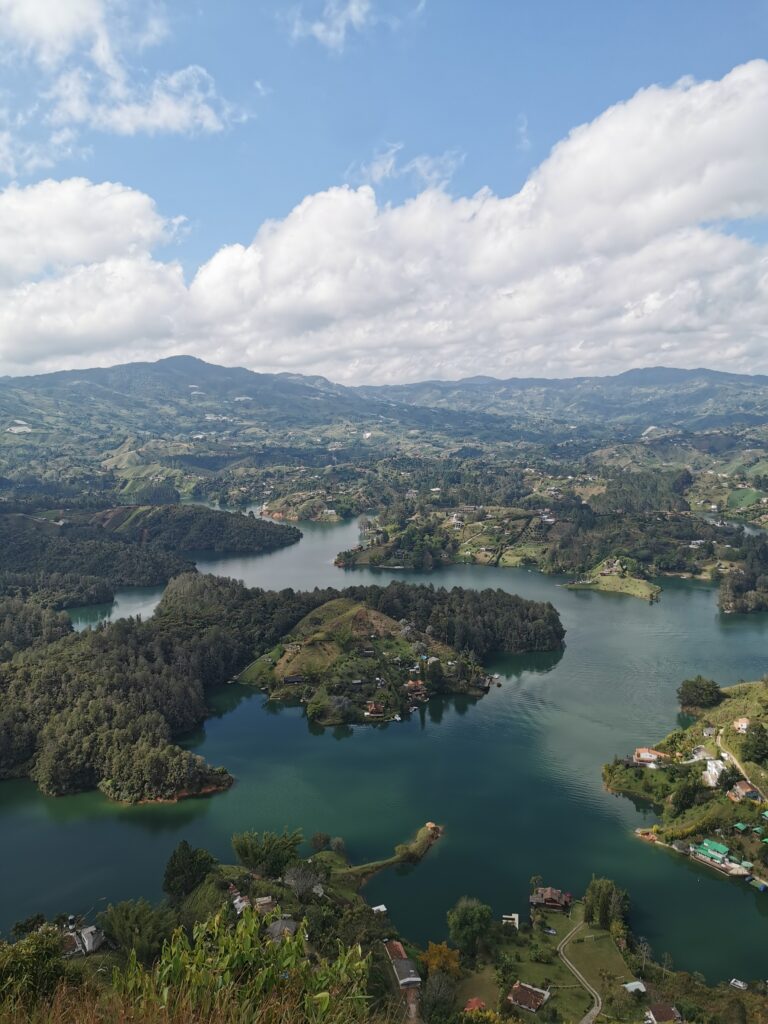
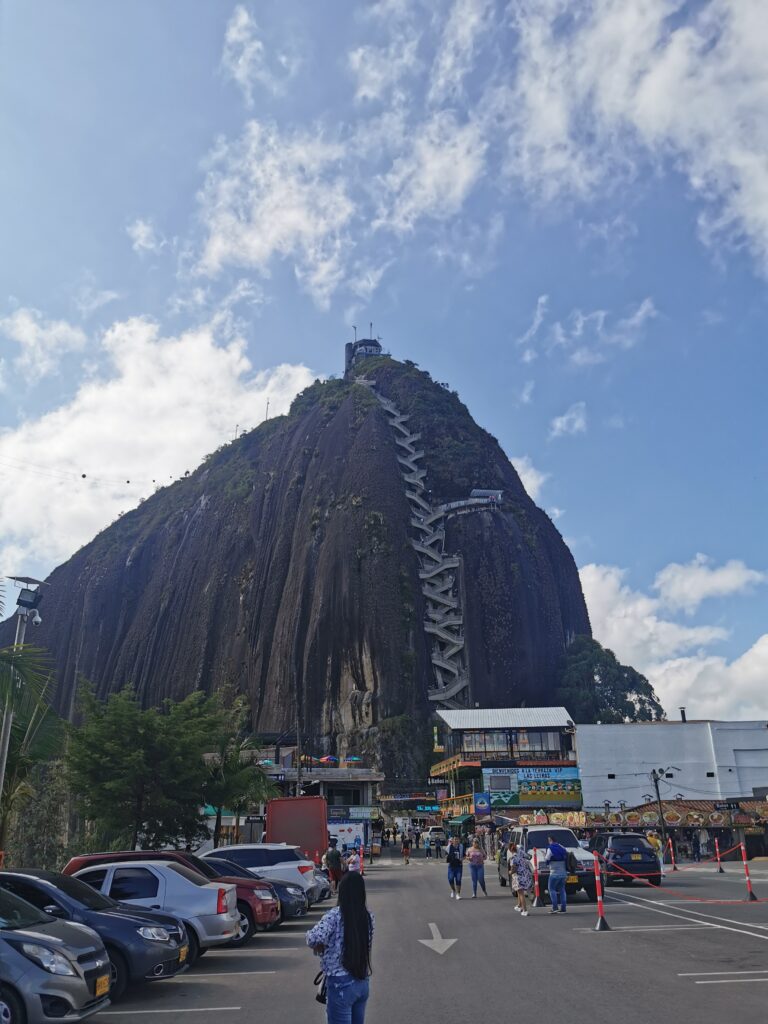
Local Food Guide for Colombia
Dive into the flavors of Colombia, including hearty arepas, bandeja paisa and sweet delight of bocadillo con queso. Colombian cuisine is a delightful fusion of indigenous, African, Spanish, and Caribbean influences. Common ingredients include rice, beans, corn, potatoes, and various meats, resulting in a rich tapestry of flavors.
Regional Specialties
Ajiaco (Bogotá): A hearty chicken and potato soup, flavored with a local herb called guascas and served with capers and cream. This dish captures the essence of Bogotá’s mountainous climate.
Bandeja Paisa (Medellín): A feast on a plate, featuring beans, rice, egg, avocado, plantain, chorizo, morcilla (blood sausage), and carne en polvo (powdered beef). It’s a hearty and fulfilling dish that mirrors the warmth of Medellín’s hospitality.
Arepa: A versatile flatbread made from cornmeal, enjoyed across the country. Varieties include Arepa de Choclo (sweet corn arepa), Arepa de Huevo (egg-stuffed arepa), and Arepa Boyacense (stuffed with cheese and a sweet aniseed filling).
Sancocho (Caribbean Coast): A flavorful soup with a variety of meats, yams, plantains, and corn, showcasing the coastal influence in Colombian cuisine.
Lechona (Tolima): A festive dish of slow-roasted stuffed pig, often served during celebrations and special occasions.
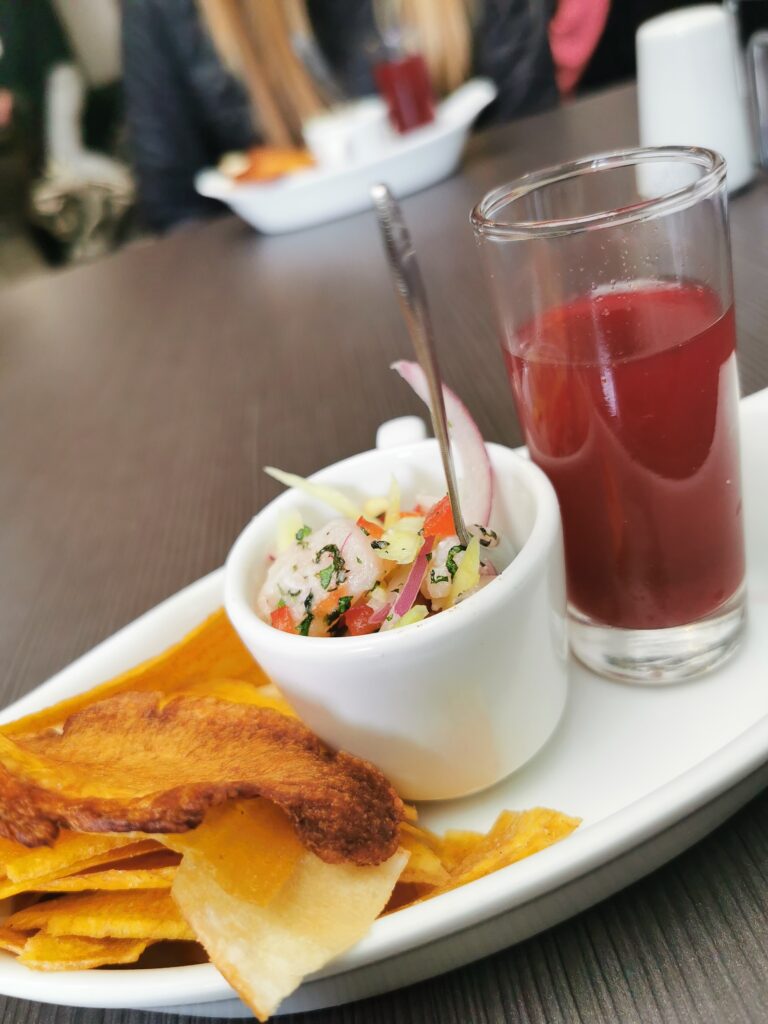
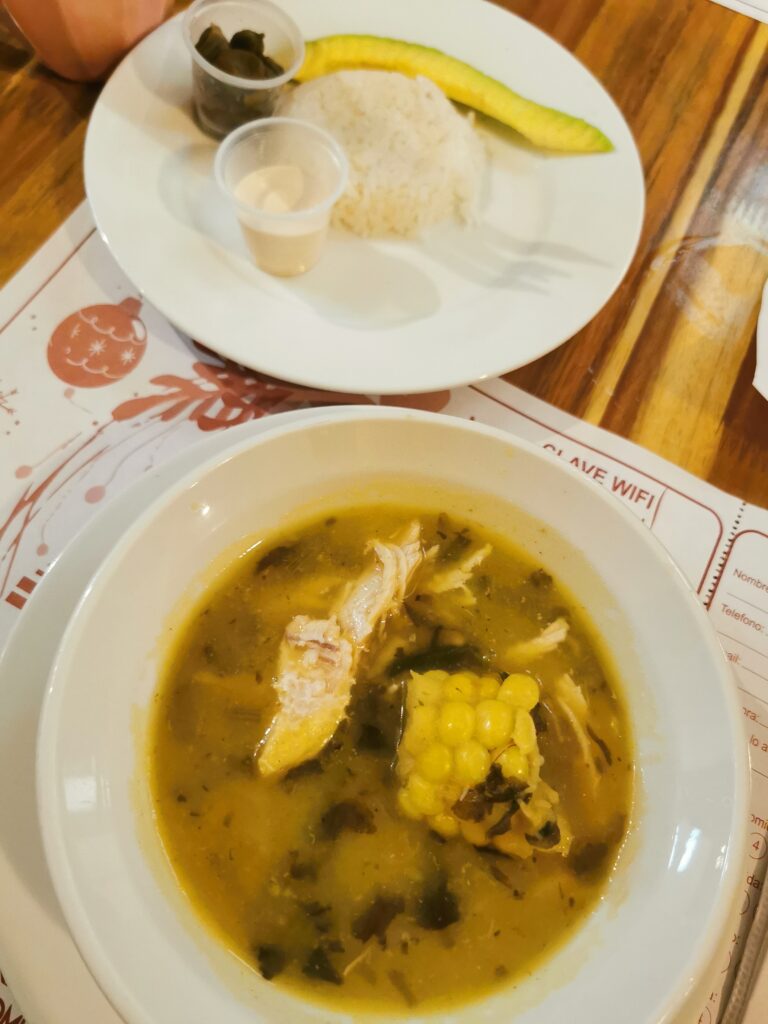
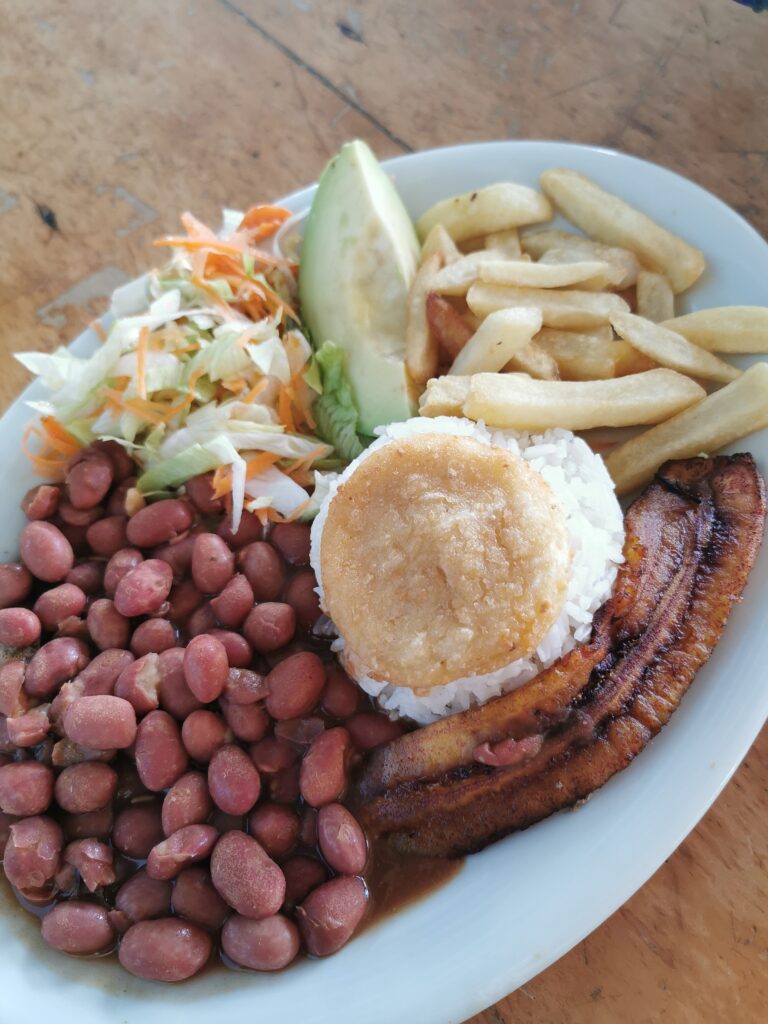
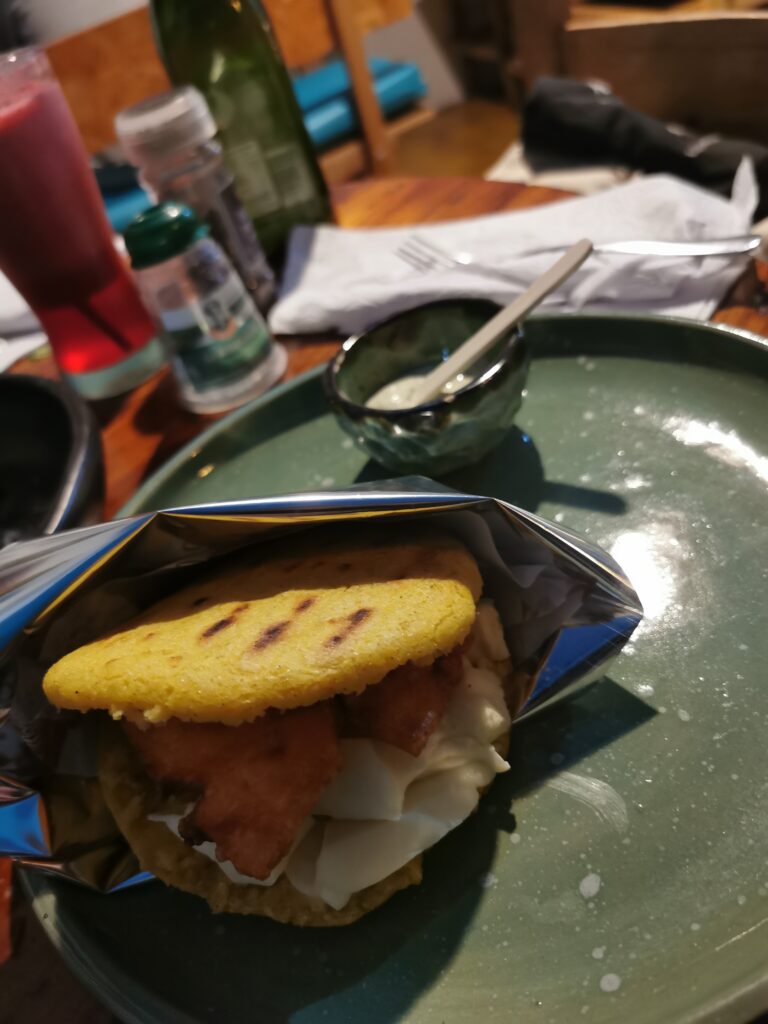
Street Food Highlights
Empanadas: Deep-fried or baked pastries filled with a savory mix of meat, potatoes, or cheese. Each region may have its unique twist on the filling, offering a portable and flavorful snack.
Bocadillo con Queso (Antioquia): A delightful combination of guava paste and cheese, often enjoyed as a sweet and savory snack. It reflects the perfect blend of sweet and savory found in Antioquian cuisine.
Chocoramo (Medellín): A beloved chocolate-covered cake bar, providing a sweet indulgence for those with a sweet tooth. It’s a popular on-the-go treat capturing the lively spirit of Medellín’s street food culture.
Mazorca Desgranada (Bogotá): Corn on the cob served in a cup with toppings like mayonnaise, cheese, and spices, offering a flavorful street food experience.
Obleas (Cartagena): Thin wafers filled with toppings like arequipe (caramel), cheese, and condensed milk, creating a delicious and portable dessert.

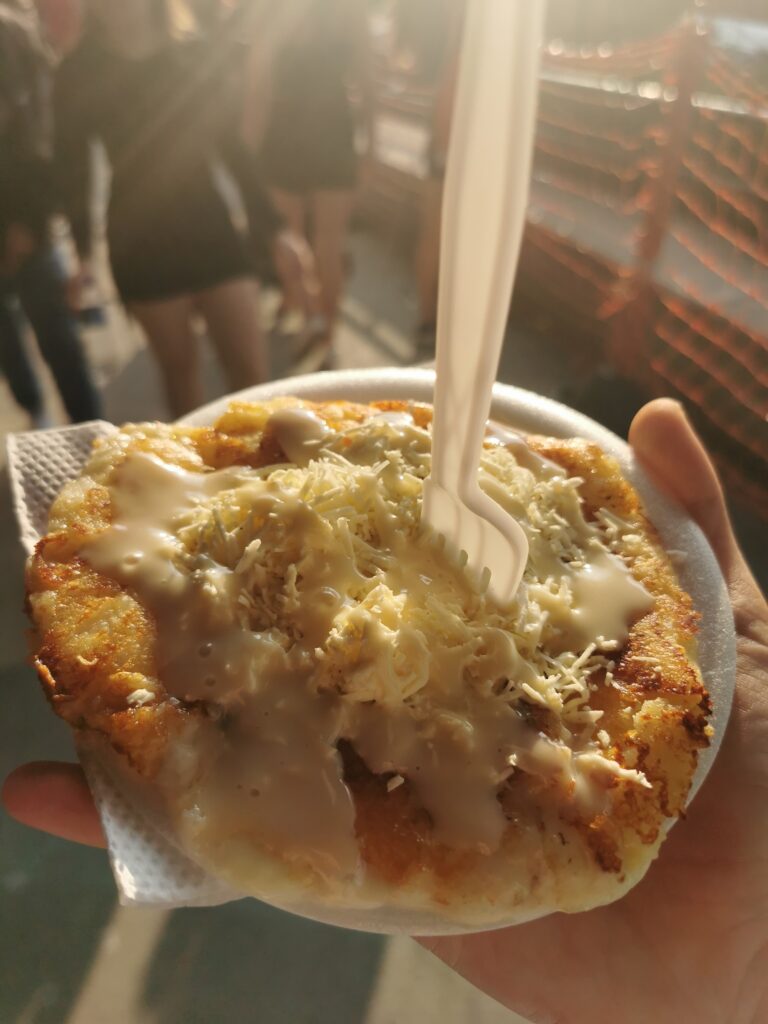
Markets and Culinary Experiences
La Candelaria Market (Bogotá): Explore the vibrant stalls offering fresh fruits, local snacks like almojábanas and empanadas, and traditional dishes like tamale. Immerse yourself in Bogotá’s culinary scene.
Plaza Minorista (Medellín): Dive into the bustling market for a taste of local fruits, meats, and snacks. Try the regional specialty, hormigas culonas (roasted giant ants), for an adventurous culinary experience reflecting the diversity of Antioquian cuisine.
La Boquería (Cartagena): Immerse yourself in the vibrant market offering fresh seafood, tropical fruits, and Colombian street food like arepas and ceviche. It’s a sensory journey through Cartagena’s coastal flavors.
Whether you’re indulging in street food bites or exploring the local markets, Colombian cuisine is a gastronomic adventure, inviting you to savor the authenticity of each region’s culinary delights.
What I really want to recommend you is to do a streetfood tour in Colombia!
We did one in Bogotá which was our first food tour ever and we really loved the concept – you gotta eat for a couple of hours while your guide provides you with useful information about the city you’re visiting. Sometimes they also share a hidden gem that is not well-known to other tourists!
My Favorite Activities in Colombia
Explore a world of adventure by doing different activities in Colombia. Whether it’s hiking through the breathtaking Andean peaks, salsa dancing till dawn in Cali, or discovering the underwater wonders of the Caribbean coast, Colombia offers an activity for every traveler.
Coffee Farm Tour (Salento): Delve into Colombia’s coffee culture with a tour of a traditional coffee plantation in the lush hills of Salento.
Tayrona National Park Hike (Santa Marta): Embark on a scenic hike through Tayrona National Park, revealing pristine beaches and dense jungle landscapes.
Comuna 13 Graffiti Tour (Medellín): Explore the vibrant street art of Comuna 13, reflecting the community’s resilience and transformation.
Cartagena Cooking Class (Cartagena): Learn the secrets of Colombian cuisine with a hands-on cooking class in the heart of Cartagena.
Lost City Trek (Sierra Nevada): Embark on a challenging trek to the ancient ruins of the Lost City, offering a glimpse into Colombia’s indigenous history.
Tatacoa Desert (Neiva): Visit the beautiful red and grey desert near Neiva on a day-trip.
Guatapé and El Peñol: Explore Guatapé and El Peñol in a day – colorful streets and a climb up El Peñol Rock for stunning views of Colombia’s beauty! A boat trip is included too as well as lunch.
For a broader selection of tours and activities beyond the ones highlighted here, explore platforms such as Viator to tailor your Colombia adventure to your preferences and interests.
Experiences can also be booked with local tour operators but be prepared to pay more.
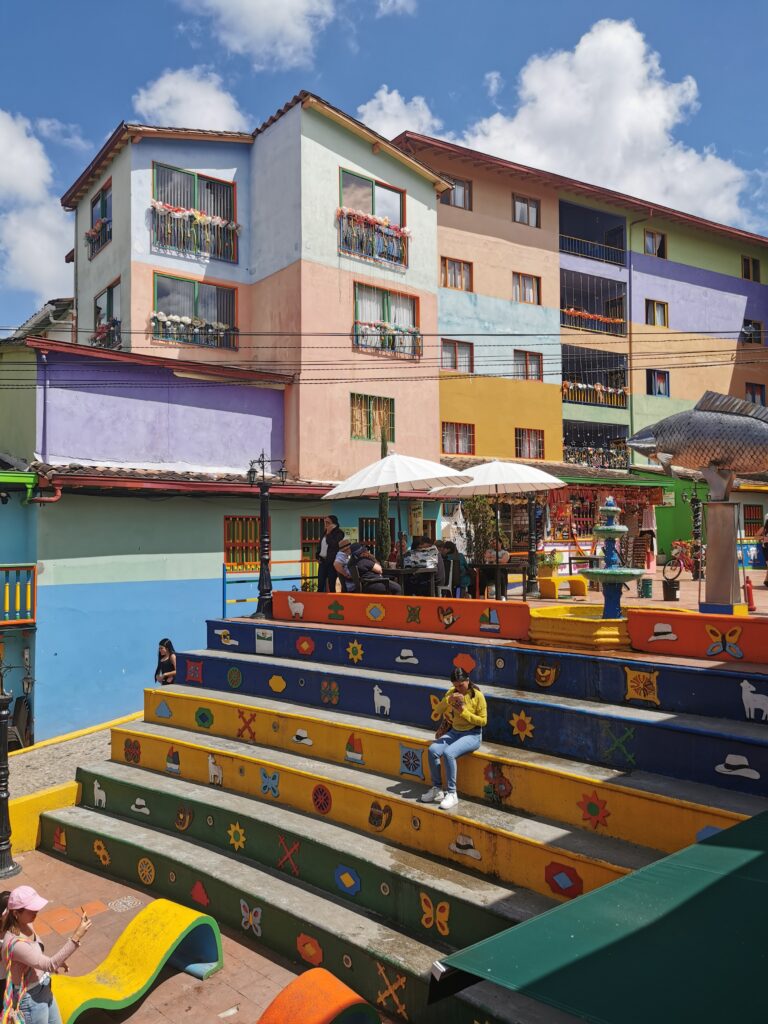
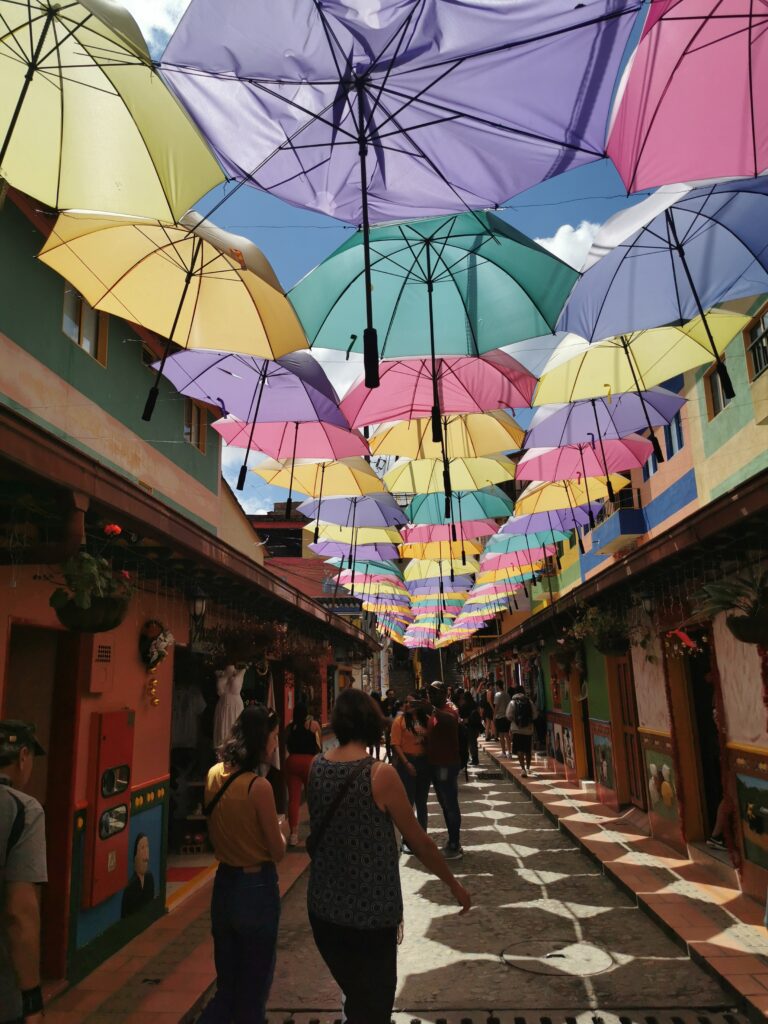
Cultural Background of Colombia
Colombia has an amazing culture because it is a country where old traditions and new ways come together beautifully. Here, you can dance to fun music like salsa, read stories by famous writers like Gabriel García Márquez, and meet friendly people who love to share their traditions.
Colombia is full of colorful festivals and art that show what makes this country special. It’s a great place to learn and enjoy different ways of life. Let’s spice up this Colombia travel guide:
Cultural Diversity
Indigenous Heritage: Discover the rich traditions of Colombia’s indigenous communities, each with its unique customs, languages, and artistry.
African Influence: Explore the Afro-Colombian culture, especially in regions like the Pacific Coast, where vibrant music, dance, and spirituality reflect the influence of African roots.
Spanish Colonial Legacy: Wander through colonial cities like Cartagena and Bogotá, where Spanish architecture and traditions blend seamlessly with local culture.
Customs and Traditions
Carnival de Barranquilla: Immerse yourself in one of Colombia’s biggest carnivals, a lively celebration featuring vibrant parades, music, and dance.
Semana Santa (Holy Week): Experience the solemn yet colorful Holy Week processions and rituals held in various cities, showcasing a blend of religious and cultural elements.
Wayuu Indigenous Art: Witness the artistry of the Wayuu people, known for their intricate handwoven mochilas (bags) and vibrant textiles.
Festivals and Events
Feria de Cali: Join the annual Cali Fair, a salsa-filled extravaganza featuring dance competitions, music, and vibrant street parties.
Festival de Vallenato: Dive into the world of vallenato music during this festival held in Valledupar, celebrating Colombia’s traditional folk music.
Festival Iberoamericano de Teatro: Attend the Ibero-American Theater Festival in Bogotá, one of the largest theater festivals in the world, attracting performers from across the globe.
Colombia’s culture is a dynamic mosaic, inviting you to embrace its diversity, participate in local traditions, and witness the joyous celebrations that define this captivating nation.
Frustrated by flight delays or cancellations and feeling helpless? Discover Compensair and effortlessly claim the compensation you’re entitled to with just a few clicks
Our 4-Week Itinerary Around Colombia
Embark on a comprehensive 4-week journey through Colombia, exploring diverse landscapes, vibrant cities, and cultural gems.
Week 1: Bogotá and Tatacoa Desert
- Days 1-3: Bogotá
- Explore the historic La Candelaria district.
- Visit the Gold Museum and Monserrate for panoramic views.
- Immerse yourself in the local culture and cuisine.
- Days 4-5: Tatacoa Desert
- Experience the unique landscapes of the desert.
- Stargaze at Cuzco Observatory.
- Discover the hidden wonders of this arid region.
Week 2: Salento and Medellín
- Days 6-8: Salento
- Hike in Cocora Valley among towering wax palms.
- Visit a coffee plantation for a taste of Colombian coffee.
- Wander through the charming streets of Salento.
- Days 9-12: Medellín
- Explore Comuna 13 and its vibrant street art.
- Take a cable car to Parque Arví for nature and markets.
- Dive into Medellín’s culinary scene and nightlife.
- Day Trip to El Peñol and Guatapé
- Coffee Farm Tour (near Medellín)
Week 3: Cartagena, Taganga, and Minca
- Days 13-14: Cartagena
- Wander through the historic Old Town.
- Visit San Felipe Castle and Bocagrande.
- Enjoy the vibrant atmosphere of this coastal city.
- Days 15-17: Taganga
- Relax on the beaches of Taganga.
- Explore the local fishing village.
- Consider snorkeling or diving in the crystal-clear waters
- Day 18: Minca
- Venture to the mountain town of Minca.
- Enjoy the cool climate and lush surroundings.
- Visit a coffee farm and take in the scenic views.
- Days 19-21: Palomino
- Relax on Palomino Beach.
- Try tubing on the Palomino River.
- Explore the beachside town and its surroundings.
Week 4: Palomino, Riohacha, and Santa Marta
- Days 22-23: Riohacha
- Experience the culture of Riohacha.
- Visit the Cathedral of Our Lady of Remedies.
- Enjoy the beautiful sunsets on the beach.
- Days 24-26: Santa Marta
- Trek to the Lost City (4 days) for a historical adventure.
- Explore Tayrona National Park’s pristine beaches.
- Take in the coastal beauty of Santa Marta.
When it comes to exploring Colombia at your own pace, opt for rental cars through Rentalcars by clicking the link or use the tool below for a quick search.
I hope you guys enjoyed reading this Colombia travel guide and save it for later! For future reference, check out my Colombia gallery, and follow me on Instagram for our world trip adventures.
Leave a comment and let me know if you found this guide helpful!
I hope to see you again soon on this blog. Do not forget to share this Colombia travel guide with your friends and family too 🙂


